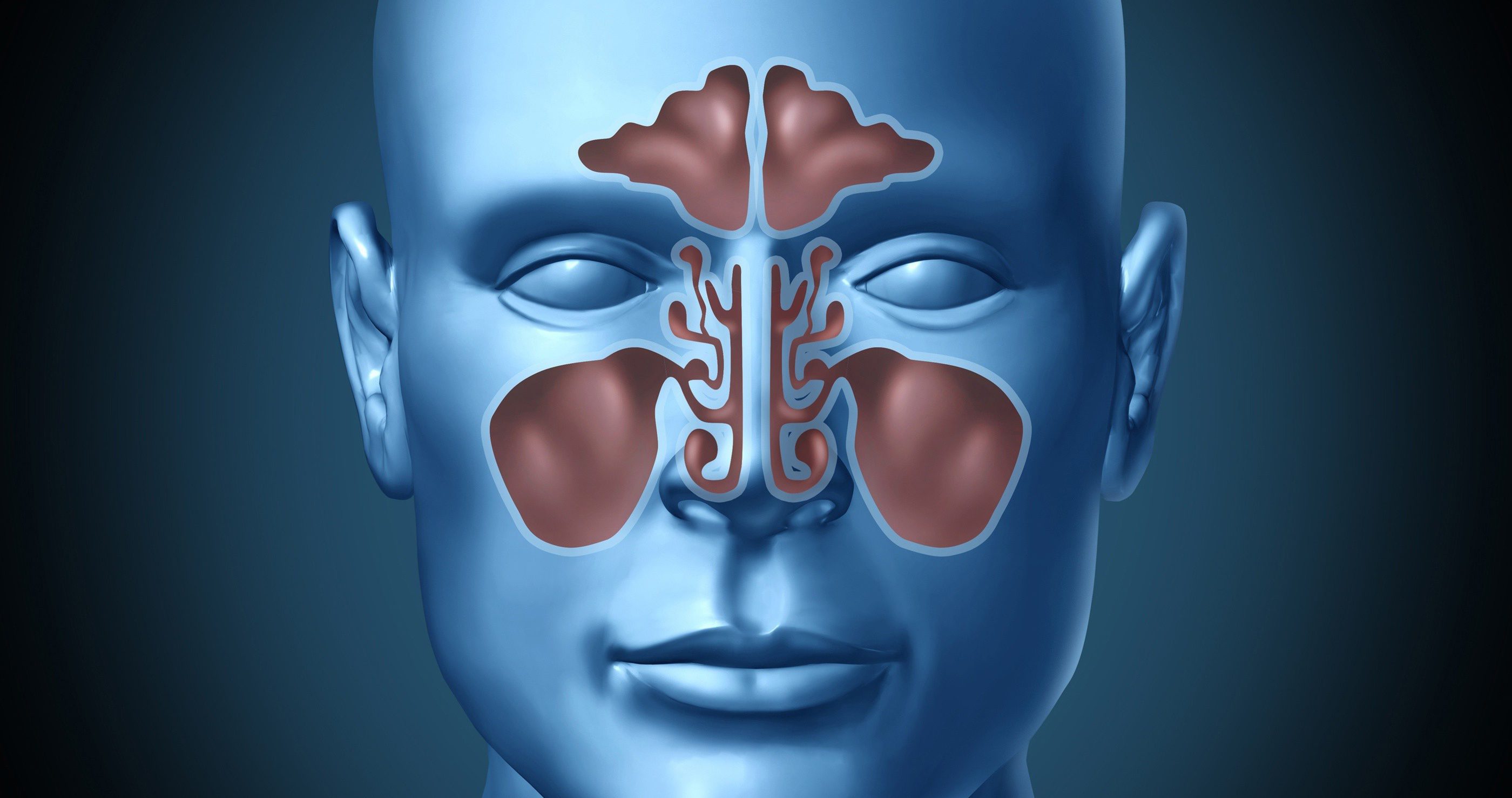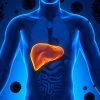
Symptoms
Pulmonary Embolism: 10 Common Symptoms To Watch For
Pulmonary Embolism: 10 Common Symptoms To Watch For
Temperature Increase

When thrombosis occurs in the body, often times there will be a pronounced swelling brought on by inflammation. This added pressure is caused by fluid not being able to get past the blocked area of the blood vessel and can create a feeling of increased warmth in the affected area. Almost always, this area will be localized to the place where the blockage has occurred and can be described as being warm to the touch.
Sometimes the temperature increase won’t be as noticeable because it is being brought on a by a tingling feeling caused by nerve irritation. This “warm” feeling will often be accompanied by throbbing and itchiness. Swelling in a specific area, usually, the legs and feelings of added warmth are an early warning you may be at risk of pulmonary embolism.











